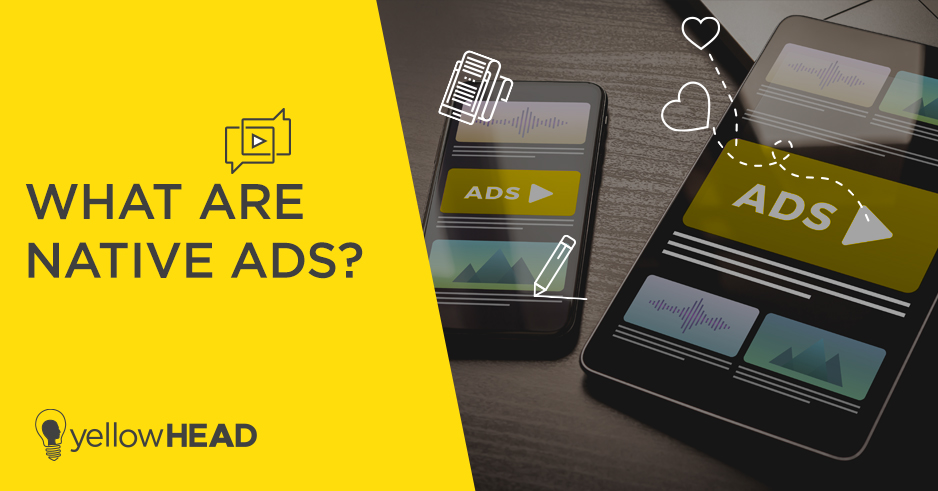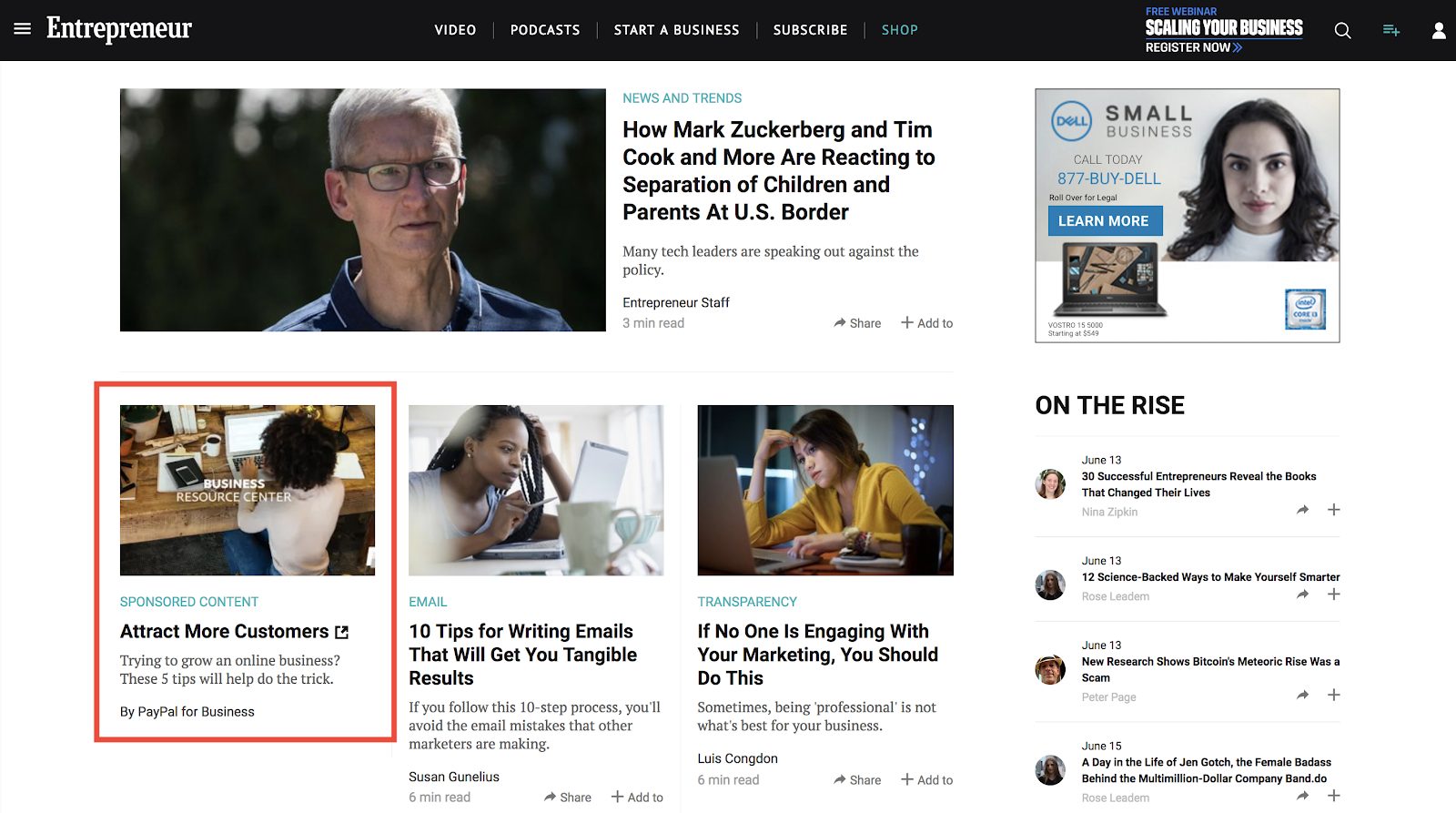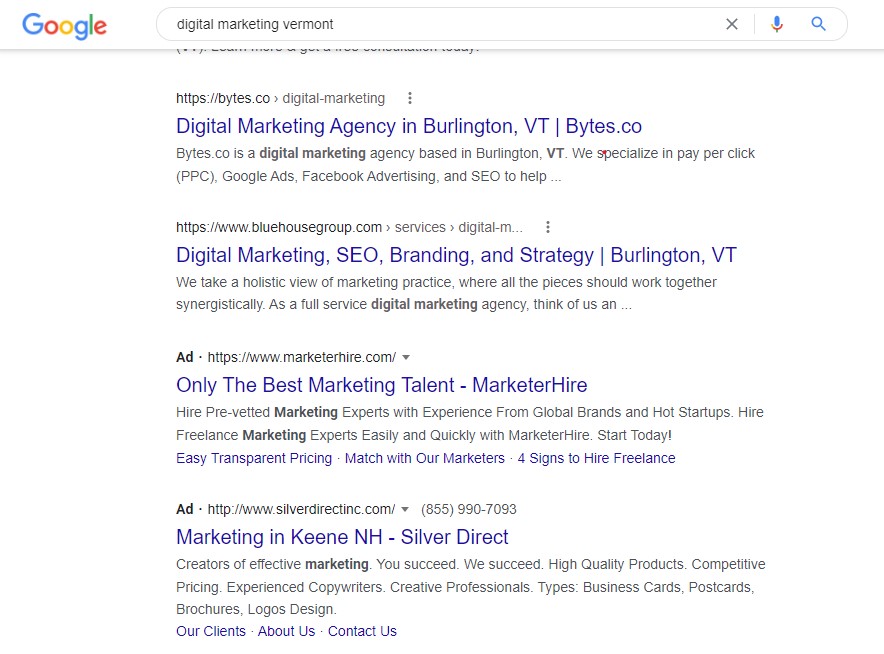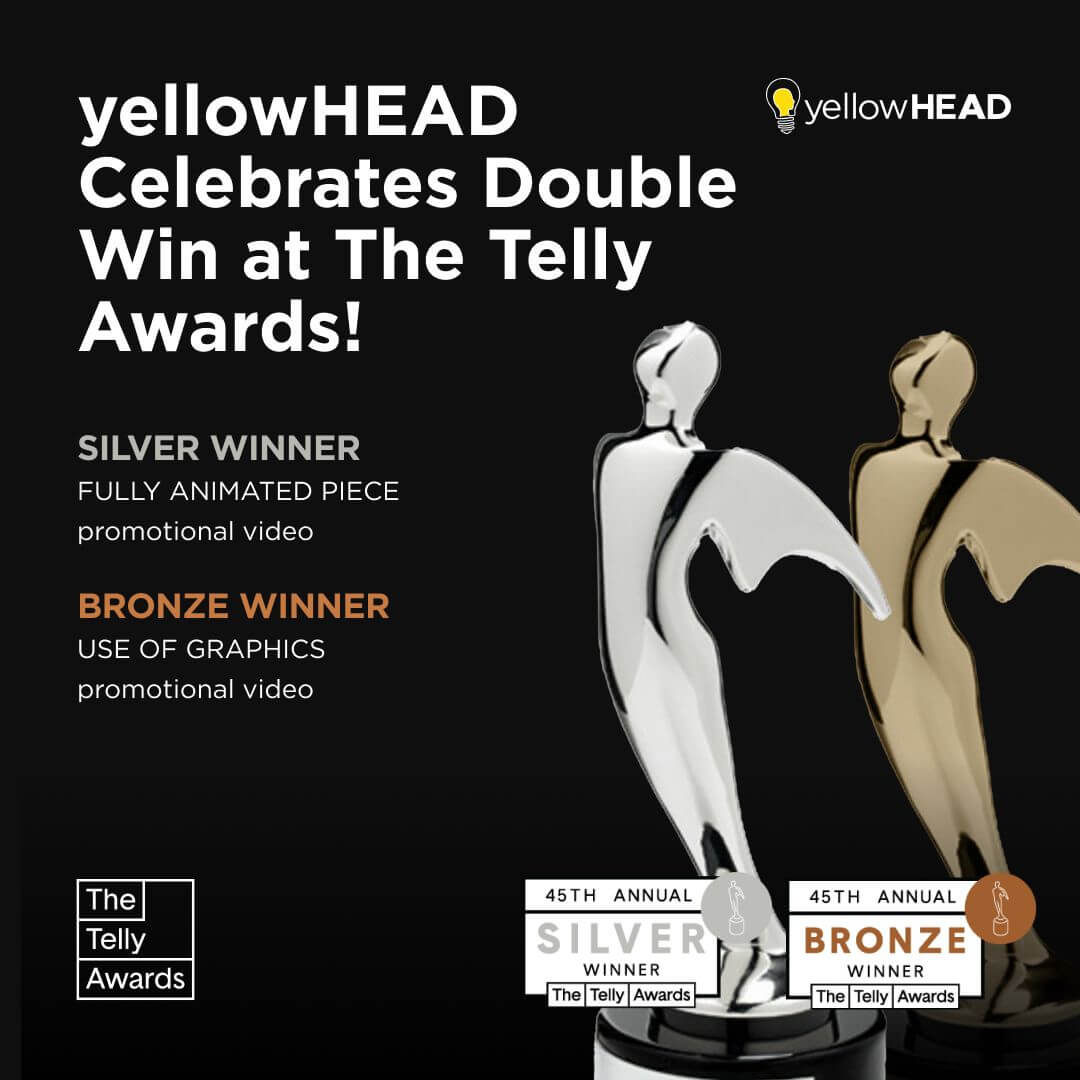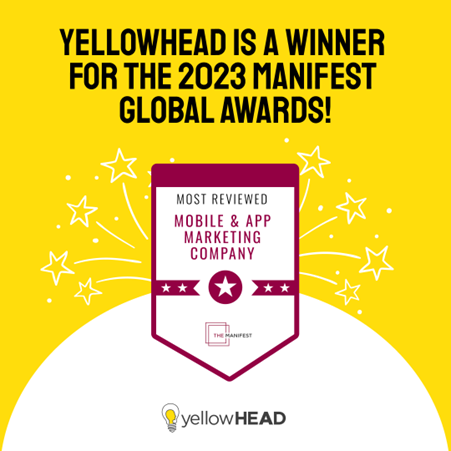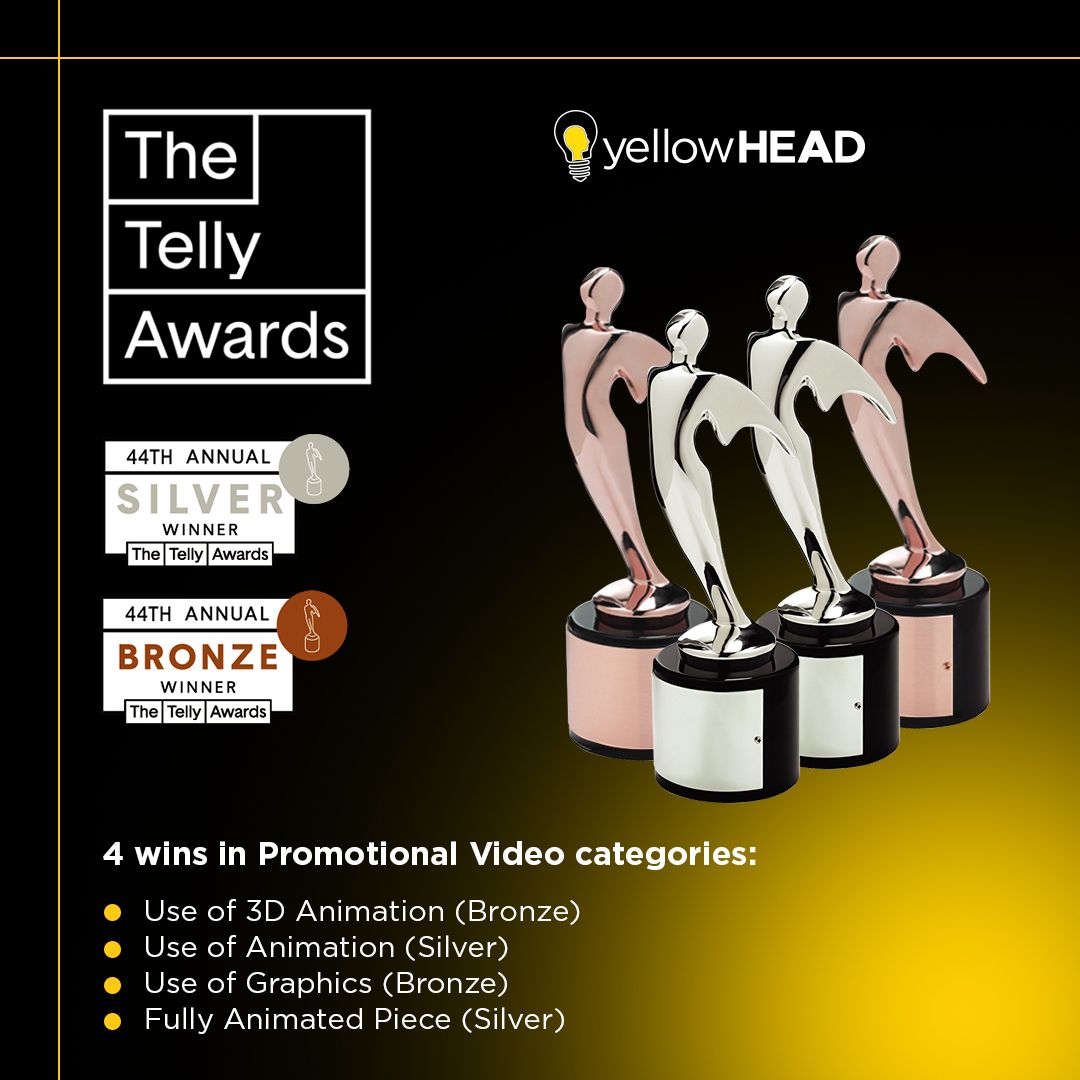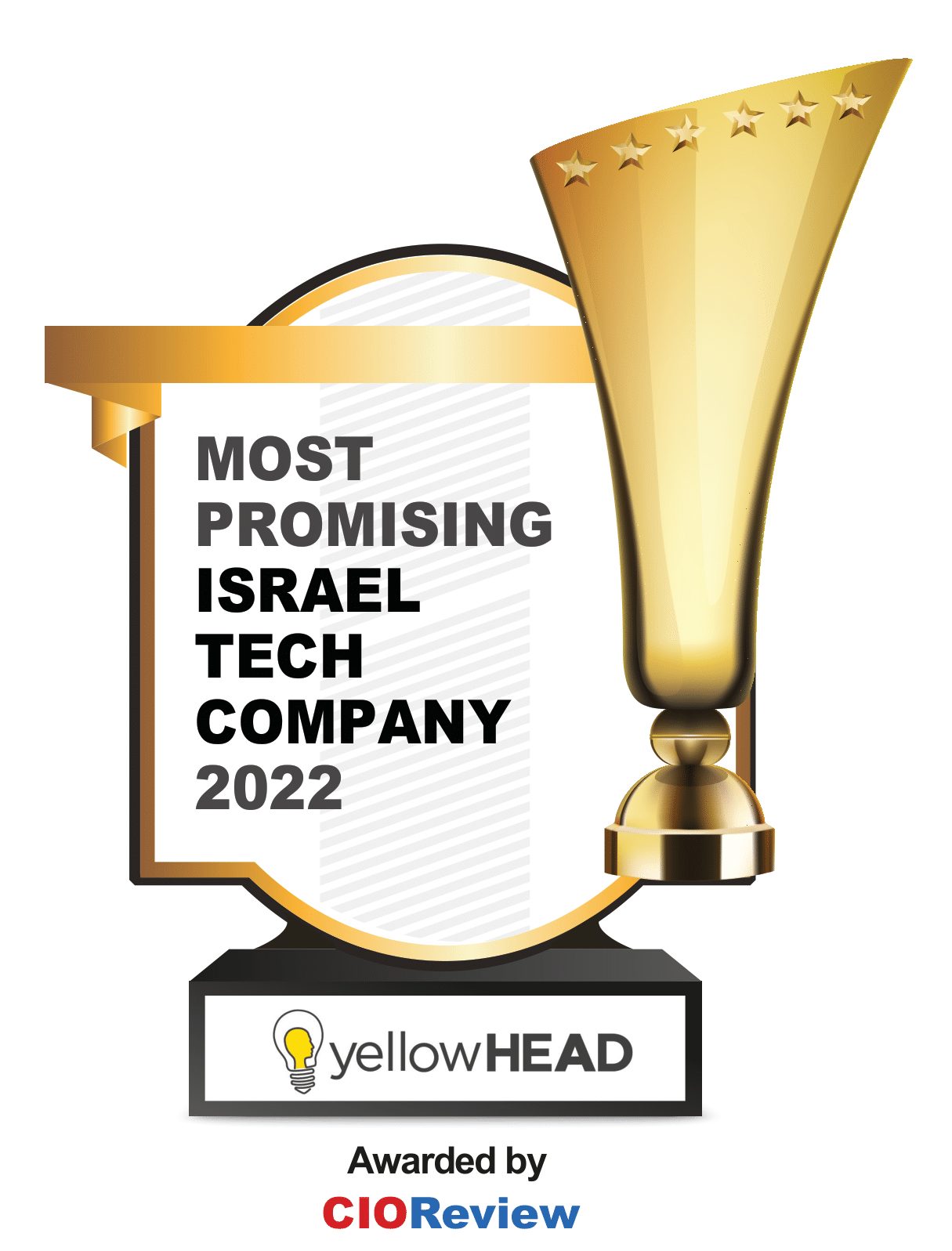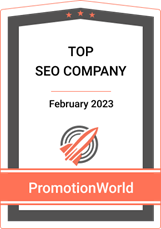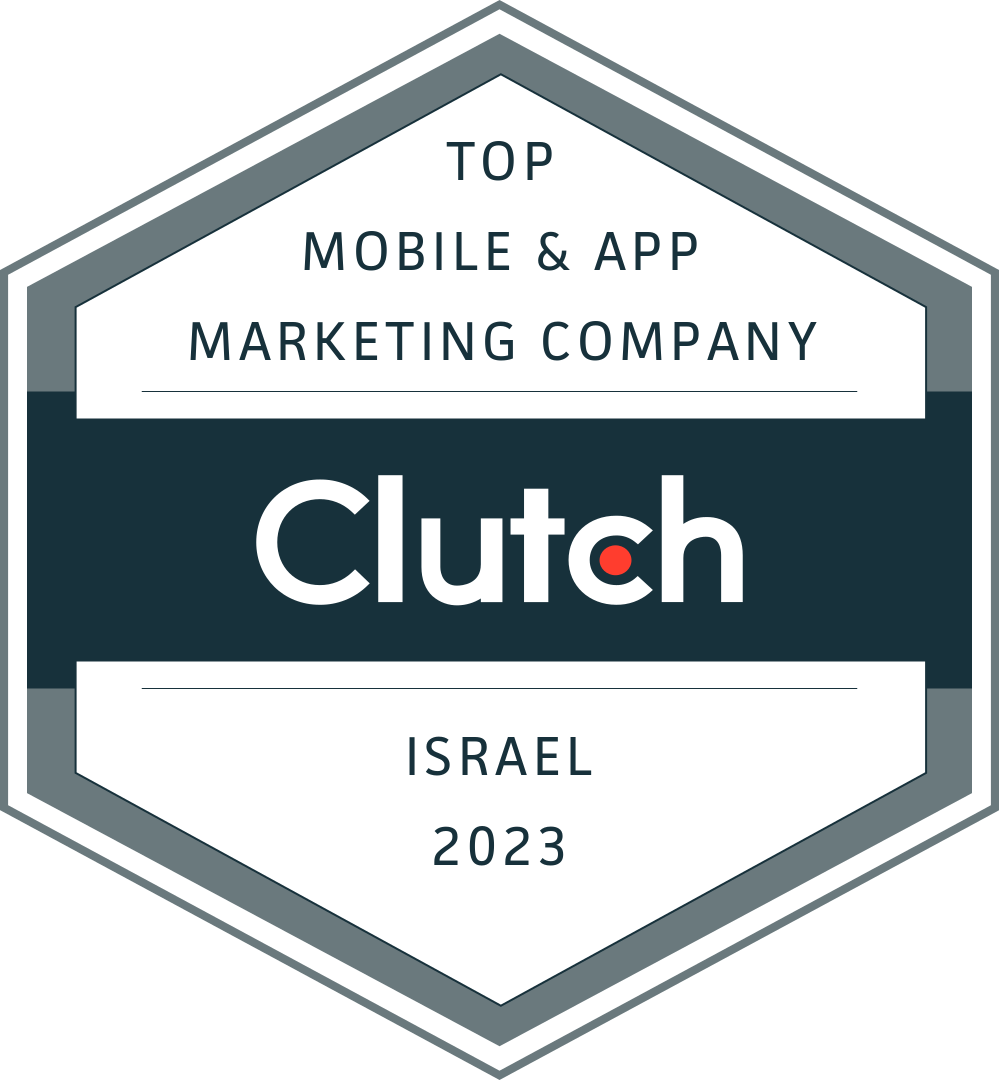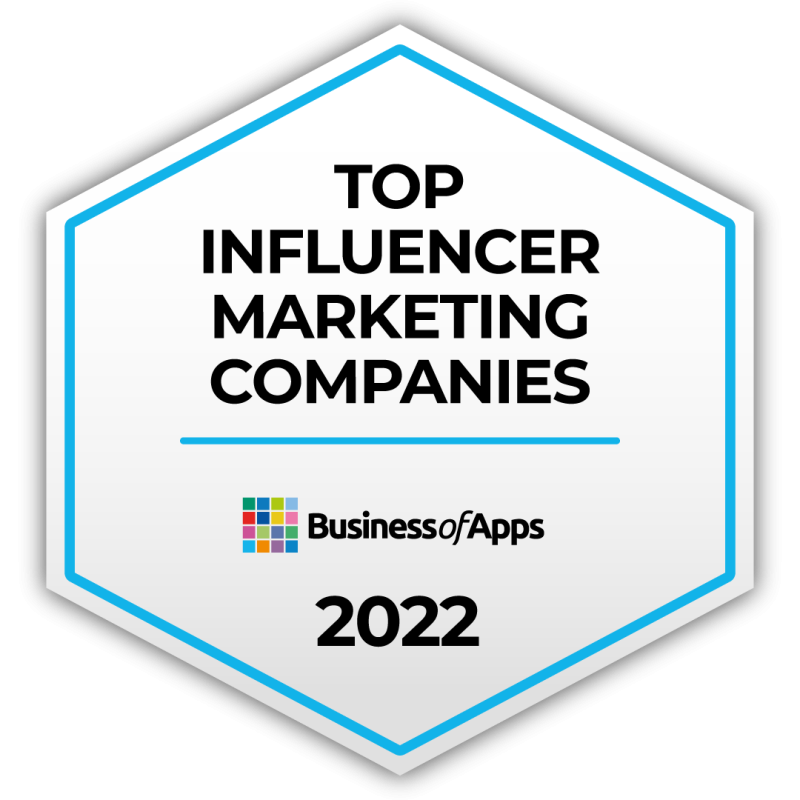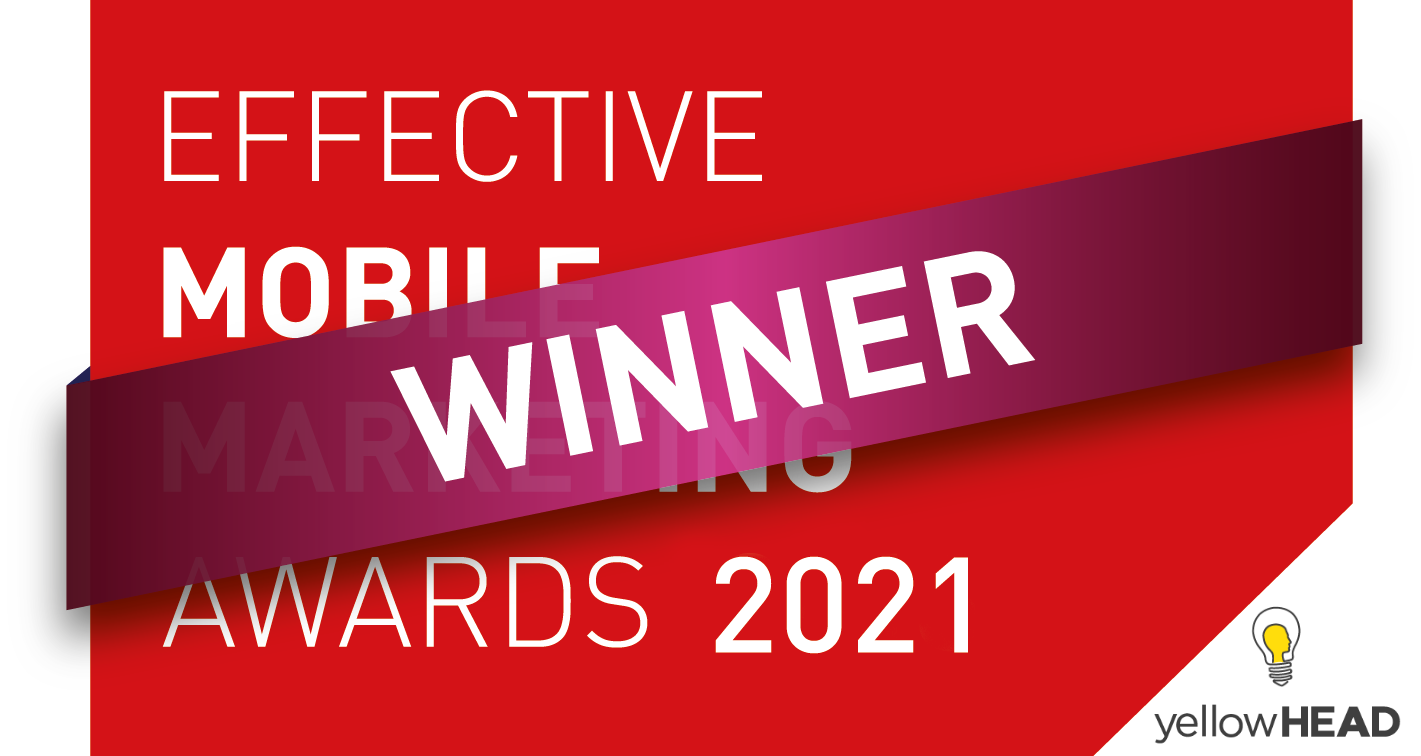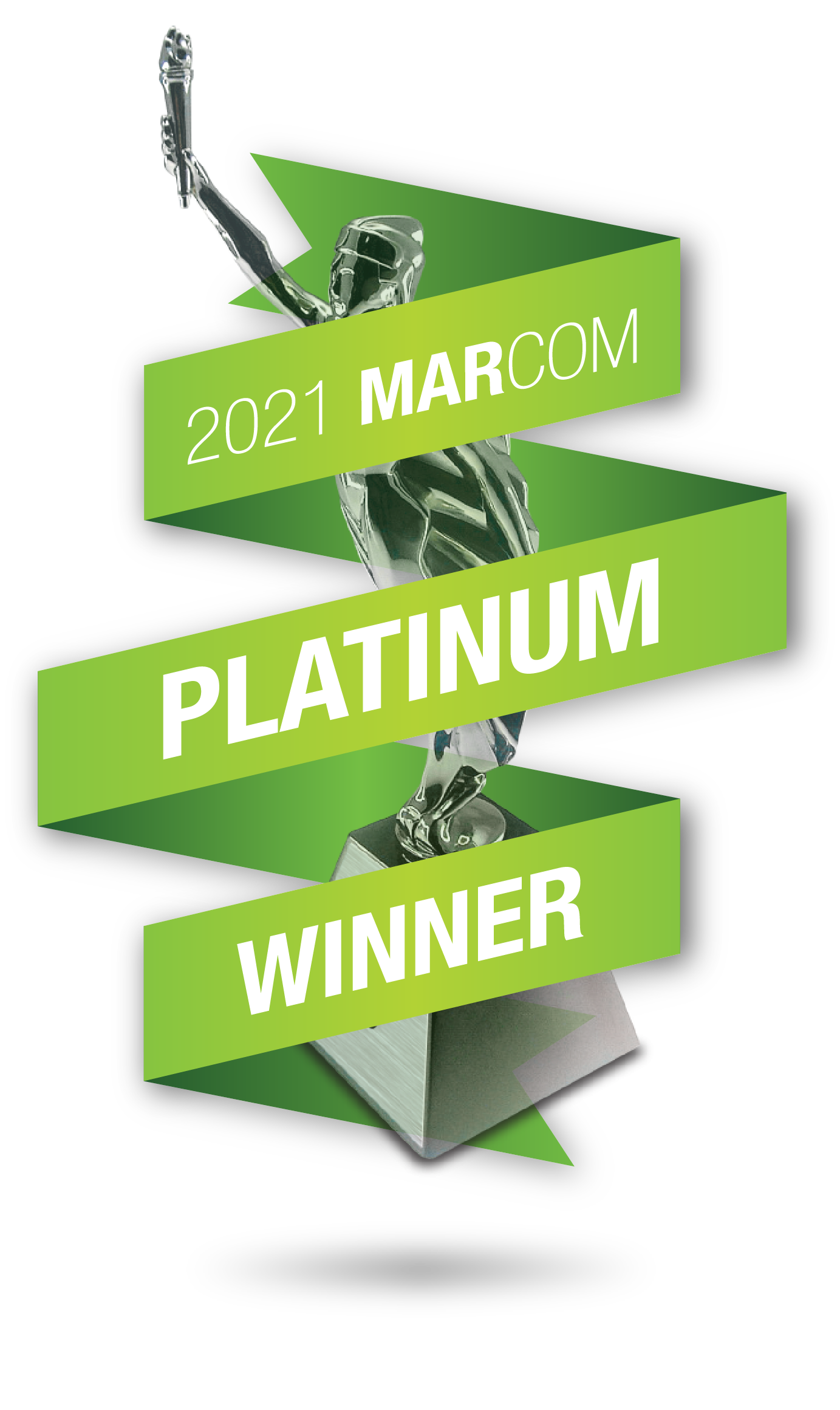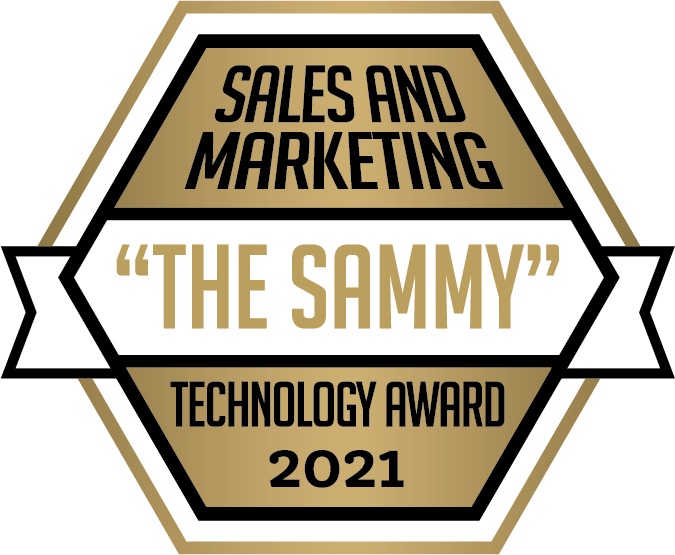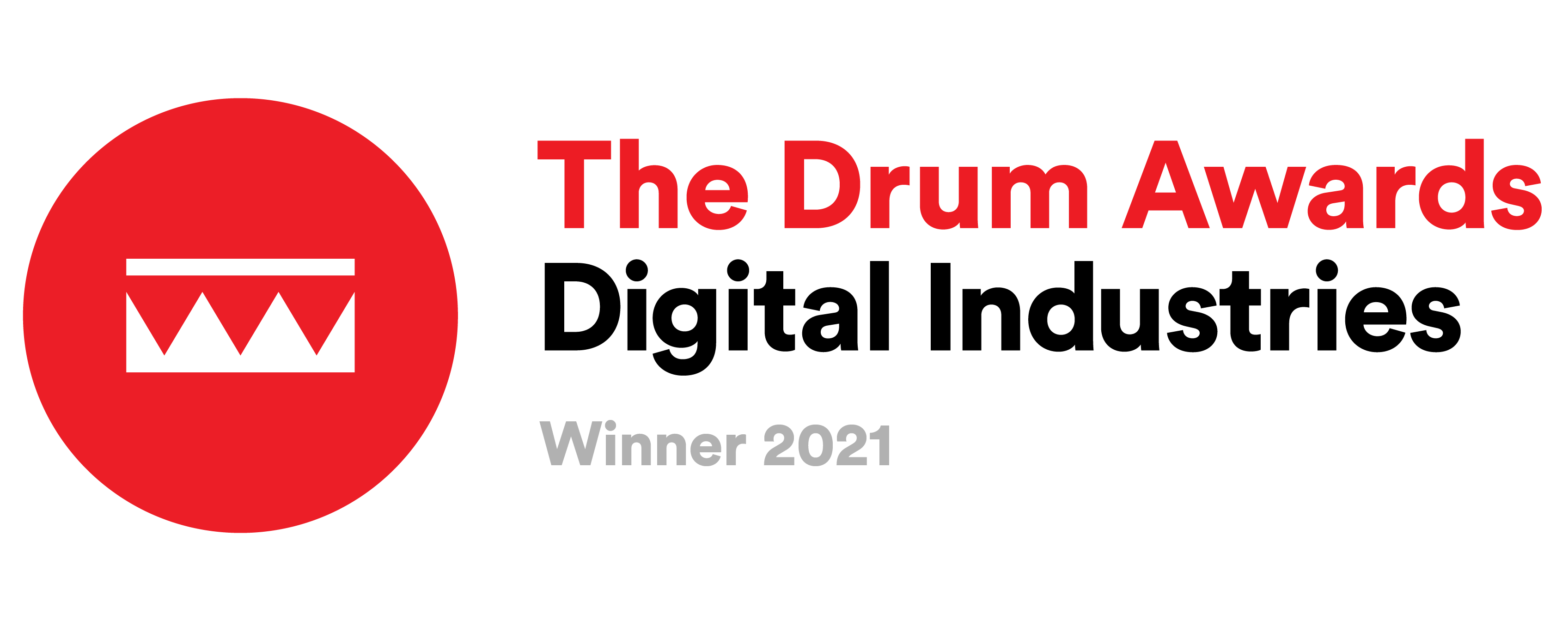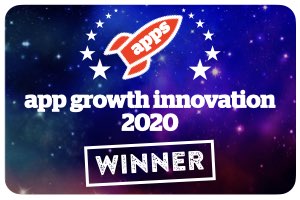Native Advertising: What are Native Ads? (With Examples)
Native ads are a cornerstone of successful digital marketing strategies—but what exactly are they, and how can you implement them effectively? Dive in to discover everything you need to know.
Marketing has always been a fast-paced industry, where staying ahead of the curve is critical in the competition for customers. As marketing continues to shift into the digital realm, the pace of innovation has only accelerated.
One area that has seen remarkable growth is Native Advertising. When crafted and executed effectively, data consistently shows native ads to be among the most powerful tools in a modern marketer’s arsenal. However, poorly timed, misleading, or poorly designed native ads can backfire, causing significant harm to brand reputation.
What is Native Advertising?
Native advertising is a form of sponsored content that integrates seamlessly with the organic content of the platform it appears on, typically marked by a “sponsored” tag or icon for transparency. The essence of native advertising lies in its ability to blend in so effectively with the surrounding editorial environment that it feels natural to the audience, almost indistinguishable from genuine journalism or organic content.
To qualify as “native,” a piece of content must align with both the form and function of the platform where it’s featured. Form refers to the structural, visual, and tonal elements—such as layout, font style, imagery, and writing voice—that mimic the platform’s native content. For example, on a news website, a native ad might adopt the tone of a well-researched article, complete with a headline and subheadings typical of that publication.
Function, on the other hand, addresses the user’s intent or purpose in consuming content. Whether the goal is to inform, entertain, or educate, native ads must serve the same purpose as the surrounding media. For instance, a native ad on a platform focused on industry insights might offer readers valuable expertise or solutions, seamlessly blending with the site’s informational content.
When done well, native advertising enhances the user experience by providing content that feels relevant and valuable, rather than disruptive. However, achieving this requires a deep understanding of the platform, its audience, and the nuances of its content standards.
Why is Native Advertising an Effective Digital Advertising Technique?
There can be little arguing that native advertising is effective. Research by Sharethrough and IPG Media labs indicates that:
- “Consumers look at native ads 53% more frequently than display ads
- 25% more consumers were measured to look at in-feed native ad placements (the most common editorial native ad format) than display ad units.
- Native ads registered an 18% higher lift in purchase intent and 9% lift for brand affinity responses than banner ads
- 32% of respondents said the native ad is “an ad I would share with a friend or family member” versus just 19% for display ads.”
- EMARKETER has reported that US native display ad spend has been close to$100 billion in 2023. While native ad spend is high, it’s losing share.
- US native ad spend will account for 63.1% of total display ad spend in 2024 as advertisers pivot from social media, according to EMARKETER’s December 2023 forecast.
The Medium is the Message – How Native Ads Work
Native ads are crafted with the goal of being as seamless and unobtrusive as possible, allowing them to integrate naturally into the consumer’s experience. Ideally, they are consumed just like any other piece of content, creating minimal disruption to the user journey while still delivering a subtle yet impactful message.
Achieving this delicate balance—what we might call the “invisible yet visible” quality—requires two essential elements:
- Unobtrusiveness: The native ad must blend seamlessly into the environment where it appears, aligning with the design, tone, and overall aesthetic of the platform. This means the ad should visually and structurally resemble the organic content around it, whether it’s a social media feed, a news article, or a product recommendation. The ad should “fit in,” enhancing the user experience rather than interrupting it.
- Value Alignment: Beyond looking the part, the native ad must deliver genuine value that aligns with the expectations of the platform’s audience. Users engage with content on platforms to fulfill specific needs—whether to learn, be entertained, or solve a problem. A native ad should provide that same kind of value, offering relevant, high-quality content that feels like a natural extension of the ecosystem. For example, an ad on a cooking website might share an innovative recipe, while one on a financial blog could offer actionable investment tips.
When these two components are executed flawlessly, native ads achieve the rare feat of being both effective for marketers and well-received by audiences. They don’t just sell—they inform, entertain, or inspire, ensuring the message resonates while preserving the integrity of the user experience. This is what makes native advertising such a powerful tool in the modern marketer’s toolkit.
Native Ads and Ad Fatigue
Ad fatigue occurs when consumers grow weary of seeing repetitive or overly promotional advertisements, leading to a decline in engagement and a tendency to tune out marketing messages altogether. This phenomenon is particularly common with traditional display ads, where audiences may feel bombarded by intrusive sales pitches that offer little relevance or value. Over time, this oversaturation can erode the effectiveness of even well-designed campaigns, leaving brands struggling to capture attention.
Native ads, on the other hand, are inherently designed to combat ad fatigue. By blending seamlessly with the content environment and prioritizing value over hard-sell tactics, native ads engage audiences in a way that feels natural and unforced. These ads often entertain, inform, or solve problems, aligning with the user’s intent and expectations for the platform. For example:
- On a news website, a native ad might take the form of a thought-provoking article that educates readers about an industry trend.
- On a social media platform, it could be a visually captivating video that aligns with trending topics or user interests.
Because native ads feel less like advertisements and more like valuable content, they are far less likely to provoke the same fatigue as traditional ads. Instead of being perceived as interruptions, they become part of the user’s journey, creating a more positive and engaging experience.
By prioritizing relevance, quality, and subtlety, native advertising fosters a sense of trust and connection between the brand and its audience. This not only mitigates ad fatigue but also enhances the likelihood of long-term engagement and brand loyalty. In a landscape where consumer attention is a precious commodity, native ads provide a powerful way to cut through the noise without overwhelming the audience.
Native Ads are Seamless (When Done Right)
A major difference, and arguably the defining feature of successful native ads, is that they do not require a drastic change to the immediate customer experience. You do not need to navigate away or re-orient yourself at all from the content ecosystem you are already in to consume a native ad.
The AOP (Association for Online Publishing) released a groundbreaking study that showed just how powerful native advertising can be. It found that, compared to traditional advertising, native advertising was found to be
- more informative (32% compared to 16%),
- more interesting (27% versus 19%),
- more useful (21% versus 13%)
- and more helpful (15% compared to 10%).
Other key insights from the research show that native adverts garner greater levels of trust among consumers with a third (33%) more likely to trust native advertising than traditional advertising.
Types of Native Advertising – The Big Six
The IAB (Interactive Advertising Bureau) has identified 6 major types of native ads. Success in native advertising depends not only on execution but also on picking the right form of native ad that matches your marketing goals and your brand.
1. In-feed Units
Many websites, social media platforms, and news outlets incorporate some variation of a “feed”. A feed is just a scrolling selection of content, whether that’s posts, articles, or something else that a publisher delivers.
An “in-feed” unit of native advertising, as the name suggests, appears directly in line with the rest of the scrollable content.
Here’s a good example of an in-feed unit of native advertising from PayPal on Entrepreneur.com. Notice how well it blends in with the rest of the content, both visually and in terms of its tone.
Visually, in-feed units should differ from regular content as little as possible. This way, the content is integrated and consumed as if it were a natural part of the user experience architecture.
2. Paid Search Units
A prominent, but perhaps less obvious type of native advertising is sponsored search results. Sponsored search results are clearly labeled as such, and are presented in an almost identical manner to the genuine results.
Here’s an example of sponsored search listings from Search engine mega-giant Google. Notice how, despite the prominent “ad” label, the native advertisement sits unobtrusively among the rest of the genuine, organic search results generated by the phrase “digital marketing Vermont”.
3. Recommendation Widgets
Another common placement for native ads is within recommendation widgets, often found on websites as part of their content discovery tools. These widgets utilize intelligent algorithms to deliver personalized content suggestions based on the user’s browsing behavior, preferences, or interests. They typically appear as a scrolling or scrollable carousel, seamlessly integrated into the website’s layout.
Native ads embedded in these carousels are designed to look and feel like the organic content they sit alongside. For example, in a widget recommending “Top Articles to Read Next” on a news website, a native ad might appear with a headline and thumbnail that mimic the visual and tonal style of the surrounding articles. The ad is crafted to align with the user’s intent—to explore more relevant content—thereby making it less intrusive and more engaging.
This placement strategy is particularly effective because it leverages contextual relevance. Users are already in a discovery mindset, open to exploring new content, which makes them more likely to interact with native ads in recommendation widgets. For instance:
- On a cooking website, a native ad might promote a recipe book or a new kitchen gadget.
- On a technology blog, it could highlight an innovative product or service aligned with the reader’s interests.
The key to success in this format lies in maintaining the delicate balance between native integration and advertising intent. The ad must add value, whether by educating, entertaining, or solving a problem for the audience, while still clearly signaling that it is sponsored content through appropriate tags or disclosures.
By placing native ads within recommendation widgets, marketers can capitalize on user intent, deliver value-driven content, and foster engagement in a way that feels natural and unobtrusive, ensuring a more seamless experience for the audience.
4. Promoted Listings
Amazon has set the gold standard for utilizing sponsored listings as an integral part of its advertising ecosystem. These listings are carefully designed to blend almost indistinguishably with organic search results, maintaining a consistent format that aligns with the platform’s user experience. The only noticeable difference is a small “Sponsored” tag or icon that transparently identifies them as paid promotions.
The genius behind Amazon’s approach lies in its ability to align sponsored listings with the immediate intent of the customer. When users search for products, they are typically at a high point of purchase intent, actively looking for items that meet their needs. Sponsored listings leverage this intent by appearing directly within the search results, ensuring that the ads are both relevant and timely. For example:
- A user searching for “wireless earbuds” may see sponsored listings for top-rated or competitively priced earbuds alongside organic results, offering them a wider array of choices.
- A customer exploring “kitchen organizers” might encounter sponsored listings for innovative or highly-rated products that align with their search query.
This relevance is a critical factor in driving positive engagement and conversions. Because the ads closely match what users are already searching for, they feel less intrusive and more like helpful recommendations. The seamless integration into the search experience minimizes disruption and maximizes the likelihood of interaction.
Amazon’s model also benefits advertisers by providing granular targeting options. Sellers can target keywords, categories, or customer interests to ensure their products are seen by the right audience at the right time, boosting visibility and sales.
In summary, Amazon’s mastery of sponsored listings demonstrates how native advertising can be both effective and user-friendly. By aligning with user intent, maintaining a natural design, and delivering relevant solutions, Amazon has turned sponsored listings into a powerful tool for both enhancing customer experience and driving business growth.
5. Display Ads with Native Elements
This type of native advertising looks like a regular ad. What makes this type of ad native is its contextual relevance, both to the publisher and adjacent content.
For example, a clothing brand could promote its style tips on a website that publishes articles on clothing and beauty trends.
6. Custom
This final category recognizes the rapid pace of change in the field of digital marketing. Content as diverse as Snapchat filters and custom Spotify playlists can be forms of native ads.
How Much Do Native Ads Cost?
The average CPC of native ads can vary widely depending on factors such as industry, targeting, and ad placement. On platforms like Facebook, average CPC typically range from $0.20 to $1 per click for native ads.
The actual, final cost of a campaign varies wildly and is largely dependent on the perception and popularity of the publication that you wish to host your native ad on.
There are two main approaches to pricing structure for native ads:
Cost-per-impression
CPM (cost per mille, or thousand impressions) is the traditional way to price digital display ads. The usual costs for these runs around $10-$20 per thousand impressions.
With this approach to native ads, content is generic and/or repurposed from the publisher’s old articles.
Custom Sponsored Content
If you want to go the extra mile and get the most out of native advertising, custom content is the way to go. Some publishers offer to produce custom content for your brand for a fee.
Custom content can be in any form. As we established earlier, native ads are defined by their platform-specific nature, but custom content could be anything from eBooks to Snapchat filters, to videos, infographics, or tweets.
Custom-sponsored content is of the same quality as any other content produced by a publication. Some publications, such as The Huffington Post, even have their own partner studios exclusively for producing content for their paid partners.
What Are the Disadvantages of Native Ads?
No advertising strategy is without its challenges, and native advertising is no exception. When executed thoughtfully and with a clear purpose, native ad campaigns can be a highly effective tool for driving sales and, more importantly, building brand awareness. By blending seamlessly with organic content, native ads foster trust and engagement, making them a valuable asset in a marketer’s toolkit.
However, despite its many advantages, native advertising does come with its share of limitations and potential pitfalls:
- Transparency Concerns: While the seamless integration of native ads is a strength, it can also create challenges. If ads are not clearly labeled as sponsored content, they risk misleading audiences, potentially eroding trust in both the brand and the platform.
- Higher Creative Demands: Crafting effective native ads requires a deep understanding of the platform’s tone, style, and audience preferences. This level of customization demands significant time, effort, and resources, which may not be feasible for all advertisers.
- Measurement Complexity: Evaluating the success of native advertising can be more complex than traditional formats. Metrics such as engagement, brand sentiment, and long-term customer impact are harder to quantify than straightforward click-through rates.
- Potential for Ad Fatigue: Although native ads are less intrusive, audiences may still grow weary of overly promotional or poorly targeted content. Ensuring relevance and value is critical to maintaining engagement.
Despite these challenges, the benefits of native advertising often outweigh the drawbacks when campaigns are well-planned and executed with authenticity and clarity. By addressing these limitations—through clear labeling, tailored content, robust analytics, and a focus on value—marketers can harness the full potential of native advertising to connect with audiences in meaningful and impactful ways.
Ownership vs Renting Digital Real Estate
One of the biggest debates for any digital marketer is whether you want to own the domain(s) where your marketing messages are displayed, or if you would prefer to rely on the reach of third party publishers.
Relying On Other Publishers
There exist today many different platforms designed to deliver native ads to the warmest possible prospects. These companies partner with mainstream publishers and integrate an intelligent content layer directly into the media carousel viewed by users. The type and category of adverts that a user will see adapts based on age, geography, viewing habits etc.
Relying on other publishers to deliver your advertisements and other content to potential consumers has some clear advantages, the number one being reach. If you manage to get your content hosted by one of the larger native advertising platforms, you can pretty much guarantee that your marketing message will be seen by a lot of prospects – You don’t have to worry about growing an audience!
The downsides of relying on other publishers are competition and expense. Unless you host your own ads, your content will always have to compete for prospect’s limited attention. This competition can result in a lower percentage of impressions.
The biggest concern, particular for SMEs, is cost. Hosting your content on the larger, more-established platforms eats into marketing budgets very rapidly!
The Benefits of Owning Your Ecosystem
As an alternative to hosting content with third party publishers, many advertisers prefer to set up their own domain. The benefit of approaching content marketing in this fashion is that it puts you firmly in the driver’s seat, with control over every detail, and minimal competition on your prospects’ attention.
As well as a lack of competition, and incredibly granular control with regards to targeting (aka. deciding which visitors to your platform see which marketing messages), another advantage to setting up your own domain is that you get to keep all of the data for future marketing campaigns. However, it is essential that you comply with all data regulations, including GDPR in the EU.
If you decide to go down the self-publishing route, you will need to ensure that there is sufficient traffic to your page through strong search-engine-marketing (SEM) efforts. After all, it doesn’t matter how creative, compelling or powerful your content is if nobody ever sees it!
Is Native Advertising Ethical?
Despite appearances, native advertising isn’t designed to trick your prospects, especially since most platforms require some sort of “sponsored content” text or icon. It is crucial to point out that even though native advertising looks and feels like “genuine”, unsponsored content, the purpose is not to falsely make prospects believe it is such. Researchers at Stanford University have proven that native ads don’t “fool” people at all – But they still work.
The reason that native content outperforms other forms of marketing is far more about the nature of attention than it is about misleading your potential customers. Constantly switching focus back and forth between different tasks or “modes” can rapidly lead to mental fatigue. Native ads work well because the audience’s attention isn’t interrupted – They can move smoothly through the advertisement and on to other content with only a minimal shift in focus and attention.
It should be clear by now that native advertising isn’t effective because of how well it disguises itself. The success of native ads depends upon how well it stands out while not disrupting the user experience.
With such a variety of media forms and formats (Instagram vs Reddit, for example), it can be tempting to think that each media outlet or platform might require its own specific form of native advertising. Fortunately, this is not the case.
Broadly speaking there are six universal types of native advertising, with specific advantages, disadvantages, and strategies of use.
Native Ads: The Final Verdict
Native ads are among the most effective and powerful tools in digital marketing, offering a seamless and engaging way to reach your audience while combating the dreaded ad fatigue. Their brilliance lies in their ability to blend effortlessly into the content ecosystem of the platform they appear on, requiring minimal effort from the audience while delivering relevant and valuable information.
However, achieving a successful native ad campaign requires a nuanced approach. The form, style, tone, and voice of your native ad must align perfectly with the organic content produced by the publisher. Whether it’s an insightful article, a captivating video, or an informative infographic, the ad should feel natural and resonate with the audience’s expectations for the platform.
At the same time, transparency is key. While the content should integrate seamlessly, it’s essential to clearly identify it as a native advertisement. This upfront clarity builds trust with your audience, ensuring they engage with your content in a positive and meaningful way. Additionally, every native ad must provide genuine value—whether it educates, entertains, or solves a problem—creating a win-win experience for both the audience and the advertiser.
Creating impactful native advertising campaigns is an art, and at yellowHEAD, we are here to help you master it. With our deep expertise in crafting high-performing native ads that drive results, we’ll guide you through every step of the process—from strategy and creative development to execution and optimization.
Ready to take your marketing to the next level? Contact yellowHEAD today and let us help you design a native advertising campaign that engages, inspires, and delivers real results. Let’s make your brand stand out, the native way!




